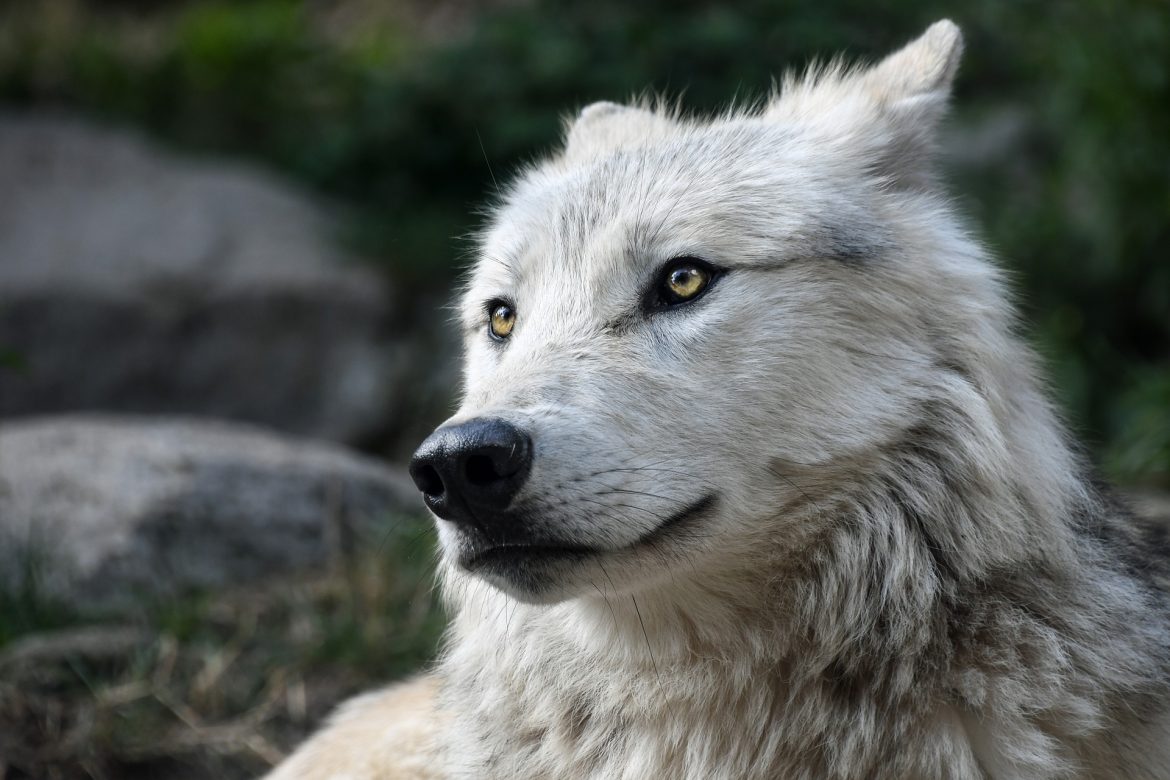We’ve all heard the phrase “man’s best friend,” but let’s be real—it applies to everyone, not just men. And while cat lovers might roll their eyes, there’s no denying that dogs have played an extraordinary role in human history.
For thousands of years, dogs have been our companions, protectors, hunters, and even healers. They’ve helped us find food, guard our homes, navigate rough terrain,…AND, dogs can even detect illness. Simply put, without dogs, humanity wouldn’t be where it is today.
We’ve previously explored the origins of dogs and how they first bonded with humans. But our canine companions have come a long way from their wolf ancestors. The tiny Papillon lounging at an Armadale café is a far cry from the wild wolves that once roamed the tundra.
So, how did this incredible transformation happen?
Let’s take a closer look at how and why dogs evolved into the diverse breeds we know and love today.
Going waaaaaayyy back to the beginning:
The story of dogs begins tens of thousands of years ago. Early research suggested humans domesticated dogs between 18,000 and 32,000 years ago, but more recent research suggests that number could be more like 40,000 years. Before they became our furry best friends, dogs were wild wolves—competitors for food and, in some cases, even threats to early humans.
Wolves and humans hunted the same prey, and at times, they likely fought over scarce resources. But at some point, certain wolves figured out a different survival strategy. Instead of battling humans for food, they followed hunting parties, scavenging scraps from their kills. These wolves provided an unexpected benefit: they kept other predators away from human camps. In return, humans may have started leaving food out on purpose, encouraging the friendlier wolves to stick around.
Over generations, the wolves that were least aggressive toward humans thrived, while the more hostile ones didn’t survive. This marked the beginning of a gradual split—on one side, the wild grey wolf, and on the other, the early ancestors of modern dogs.
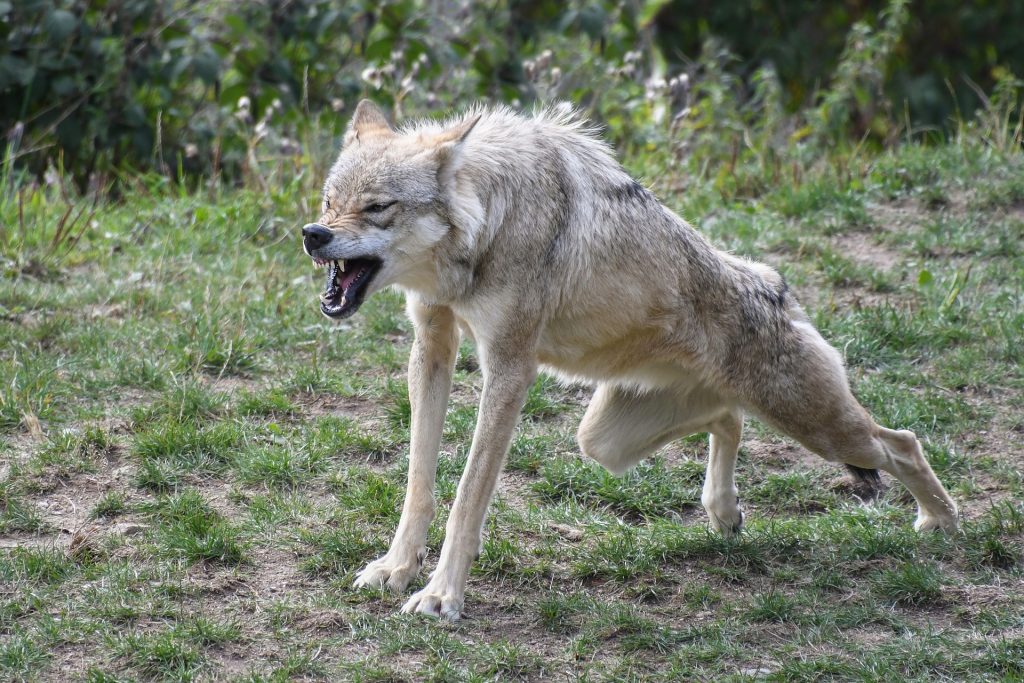
“Trust me, buddy: I am no man’s best friend.”
How dogs shaped human history
Once humans and dogs formed a bond, their roles became clear. Dogs helped track and hunt prey, guarded camps, and herded livestock. Those that cooperated with humans were allowed to breed, leading to early domesticated breeds with specific skills. Some of the first domesticated dogs would have resembled today’s working breeds, like the German Shepherd—intelligent, loyal, and highly adaptable.
But not all dogs were bred for the same purpose. How did we go from powerful hunting dogs to pint-sized lapdogs? Selective breeding played a huge role, but so did the environment.
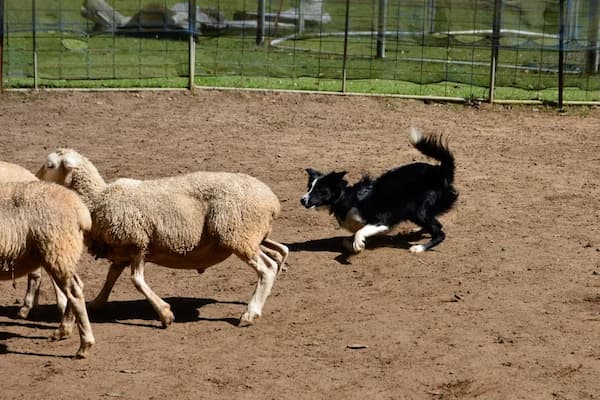
Nature vs. nurture: The making of modern breeds
For every breed that shows a likeness to the first dogs, you’ll find 10 that don’t. For instance, how can a wolf be related to the Yorkshire Terrier, which can fit inside a handbag? Or the Beagle, which is too friendly to serve as a guard dog?
Indeed, humans and dogs tended to each other’s evolutions since the advent of their bond. But to what extent have humans and dogs’ environment played a part? Have dogs that live and breed near the ocean evolved to swim by virtue of their home territory? Are pooches that hail from the mountains better equipped to deal with the high altitude? And if so, how much is due to nature, and how much is a result of nurture?
Dogs have certainly evolved alongside humans, but their environment also played a key role in shaping different breeds. Let’s look at two famous breeds that illustrate the balance of nature and human influence…
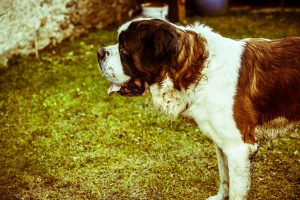 The Saint Bernard: A mountain guardian
The Saint Bernard: A mountain guardian
If any breed embodies the idea of “man’s best friend,” it’s the Saint Bernard. Famous for rescuing lost travellers in the Swiss Alps, these gentle giants were bred for their strength, thick coats, and keen sense of smell—perfect for finding people buried in snow.
Nature played a big role in shaping the Saint Bernard. Only the strongest, most cold-resistant dogs could survive at high altitudes. But humans also had a hand in their development. Roman Mastiffs, brought to the region by soldiers, were bred with local Alpine dogs, creating a powerful new breed suited to mountain life. Over centuries, monks at the Saint Bernard Hospice refined these traits, producing the rescue dogs we recognise today.

The British Bulldog: A complete transformation
Unlike the Saint Bernard, the British Bulldog’s history took a different path. Originally bred for bull-baiting (a brutal bloodsport) the early Bulldogs were strong, aggressive, and had a distinctive underbite for latching onto their prey.
But when bull-baiting was outlawed in the 19th century (thank goodness), the breed had to change. Breeders selected the gentlest Bulldogs to pass on their traits, gradually softening their temperament while keeping their signature wrinkly appearance. Over a few generations, the British Bulldog transformed from a fierce fighter into the affectionate, couch-loving companion we know today.
“Okay, but how did those first dogs evolve from one breed to many?”
…we hear you ask. The truth is, the techniques that sculpted the Saint Bernard or the British Bulldog also birthed the first dog breeds. While all dogs may have hailed from one breed, each dog would have possessed different traits. For example, some of the first dogs may have been large, and some may have been small. If they lived in a region swarming with predators, humans would have exclusively bred the larger dogs. Of these, the dogs who displayed a protective bond towards their humans would have kept siring puppies. This would have spawned a breed of dog like the Boxer: quick, powerful, and able to tangle with large creatures.
In other regions, though, predators may not have been a problem. Instead, perhaps rodents were the issue: small, insidious creatures that pilfered food stores and spread sickness. Here, big dogs wouldn’t have been of much use. They wouldn’t be nimble enough to catch a rat, nor compact enough to chase them into their holes. As a result, humans in these areas would focus on breeding the smaller, wily dogs. From this nascent breeding programme, the dogs that proved the most adept at killing rats would breed further. Before you knew it, breeders were shaping the early moulds for breeds like the Jack Russell and the Scottish Terrier.
Within a short time, humans would have found a dog type for every problem. A sharp, nimble, mid-sized dog with an urge to run all day? You have the earliest form of the Border Collie. A big dog with a bite too soft to injure predators or prey? You have the first guise of the Golden Retriever – capable of fetching felled birds on the hunt without damaging them. Even small, gentle pooches like the Cavalier King Charles Spaniel would have served a purpose. By acting as companion dogs to children, they would have introduced the youngsters to the concept of a canine bond. In short, man’s best friend was quick to take many forms.
Yes, the countless breeds we see today are the result of refined and scientific breeding efforts. However, the principles haven’t much changes since the dawn of the human-canine rapport.
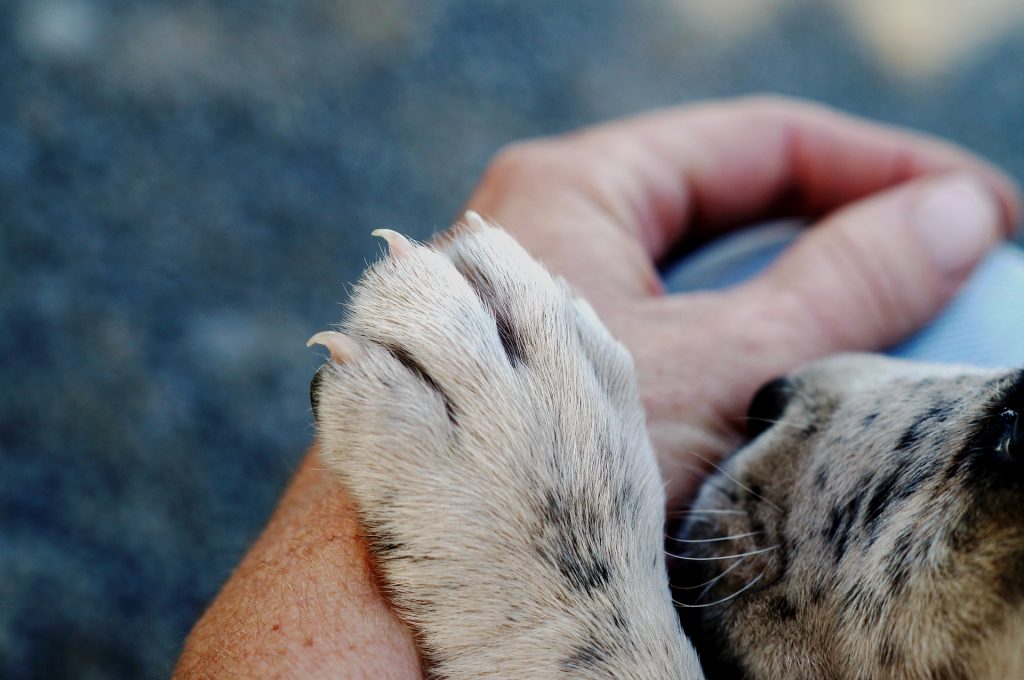
What does the future hold for man’s best friend?
In their mission to create new and appealing breeds of dog, some modern breeders have spawned health problems for pooches. Many flat nose breeds suffer serious breathing issues, while poor breeding practices can lead to hip displaysia in some dogs. As is sadly the case in many human pursuits, lifeforms can suffer when people put profit ahead of compassion.
However, for all of these problems, the bond between humans and dogs has never been stronger. Pups are present in all walks of society, and our knowledge of sound breeding practices is more advanced than ever. While backyard breeders do exist, groups such as the Kennel Clubs and Dogz Online now exist to promote ethical breeding. So long as their health needs are always met, dogs can remain man’s best friend ’til the end of time.

